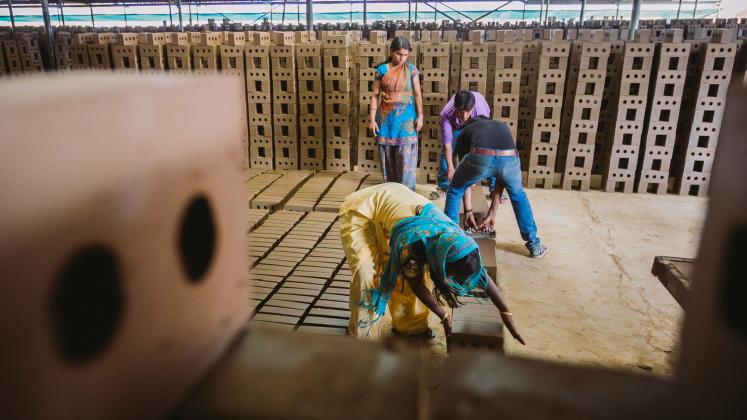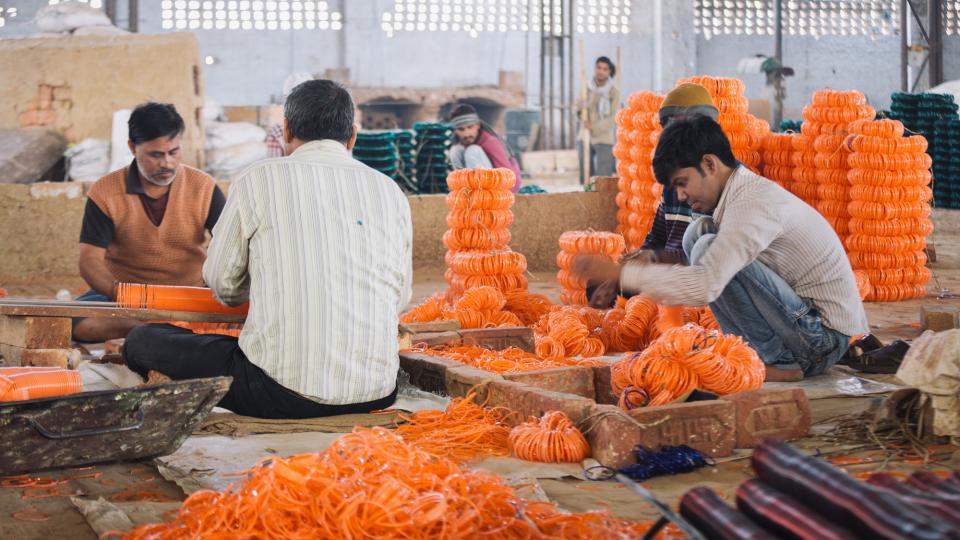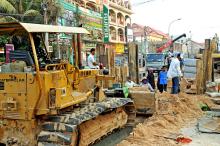More than 960 million Indians will head to the polls in the world’s biggest election between April 19 and early June. The ruling Bharatiya Janata Party (BJP), which is led by Prime Minister Narendra Modi, is seeking a third term in office. And the polls suggest it will achieve this objective.
If one was to go by economic growth figures alone, the Modi government’s performance has been impressive. When Modi came to power in 2014, economic growth was sluggish. A series of high-profile corruption cases led to a loss of investor confidence in the Indian economy.
But between 2014 and 2022, India’s gross domestic product (GDP) per capita (a measure of income per head) rose from US$5,000 (£4,000) to over US$7,000 — an increase of roughly 40% in eight years. These calculations use purchasing power parity, a way of comparing general purchasing power over time and between countries.
This growth occurred in spite of an ill-advised attempt early on in Modi’s first term to take ₹500 (£4.80) and ₹1000 (£9.60) notes out of circulation. Scrapping the notes led to an acute cash shortage, slowing the growth in per capita GDP from 6.98% in 2016 to 5.56% in 2017.
According to the International Monetary Fund, India’s economy is projected to grow at a rate of 6.5% in 2024. That is higher than China’s projected growth of 4.6%, and exceeds that of any other large economy. The UK’s economy, for example, is expected to grow by 0.6% in 2024.
However, recent estimates also suggest that inequality in India is at an all-time high. Growth, when it has occurred, has seemingly been unequal. A key challenge facing the Modi government in its next term will be to convert higher growth into productive jobs while also curbing the excess wealth of India’s economic and political elites.
All smoke and mirrors?
India’s economic performance is hard to assess as the government has not published official data on poverty and employment since 2011. This has led analysts to use alternate data sources that are not as reliable as the large and nationally representative consumption and employment surveys of the Indian government’s statistical agency.
As a consequence, one gets wildly varying estimates of poverty. Less than two months before the elections, the Indian government released a factsheet that suggests poverty in India had fallen to a historic low in 2022.
The results were based on a large consumption survey carried out by the Indian government. But the actual data behind the government’s estimates was not released for independent analysis.
The lack of transparency with data has led to a situation where no one really knows what the true estimates of poverty and inequality are. This is a sorry state for a country known for its pioneering household surveys that in the past were far ahead of their time.





